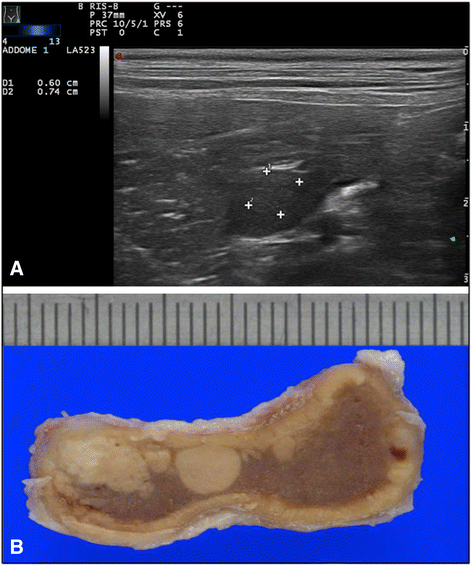

When cortisol production is normal, 11βHSD2 prevents binding to and activation of MR, but when cortisol production is very high, enough cortisol avoids inactivation to activate MR, which causes hypertension and hypokalemia. The kidney tubule cells, which express the MR, also contain the enzyme 11β-hydroxysteroid dehydrogenase type 2 (11βHSD2), which oxidizes cortisol to cortisone and thus prevents binding to MR.

Cortisol itself binds to and activates both the glucocorticoid receptor (GR), which is expressed in most (80%) cells of the body, and the mineralocorticoid receptor (MR), which is expressed mainly in kidney and colon, which transport fluid and electrolytes, and in brain. In contrast, the consequences of mineralocorticoid excess rarely occur with synthetic glucocorticoids. Purple striae, facial plethora, bruising, hirsutism, acne, bronzingĬentripetal obesity, supraclavicular and dorsocervical fat pads Obesity, hypokalemia, alkalosis, hyperglycemia, dyslipidemia Although the clinical consequences of Cushing's syndrome due to endogenous and exogenous Cushing's syndrome are largely identical, two manifestations, cataracts and aseptic necrosis of the femoral head, occur almost exclusively as a result of exogenous glucocorticoids. With prolonged exposure, the numerous physical and psychological complications of Cushing's syndrome develop ( Table 1). Metabolic consequences occur early after initiation of glucocorticoid therapy, and patients treated with high doses of prednisone or dexamethasone (e.g., lymphoma regimens) can develop symptomatic hyperglycemia and hyperlipidemia after only one or a few doses. The spectrum and severity of clinical manifestations depend on both the dose and the duration of glucocorticoid therapy. Cushing's syndrome can develop not only from orally administered drugs but also from topical, inhaled, and injectable preparations of potent synthetic glucocorticoids, which often cause the same syndrome but are not often suspected. The most common cause of Cushing's syndrome is exogenous glucocorticoids therapy, used primarily for anti-inflammatory and oncological properties at supraphysiological doses.


 0 kommentar(er)
0 kommentar(er)
